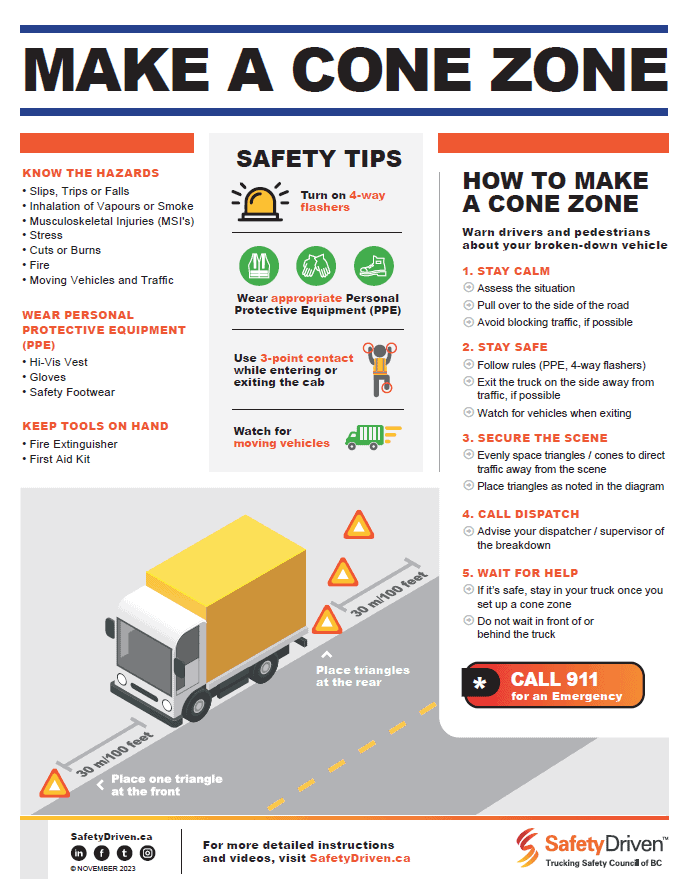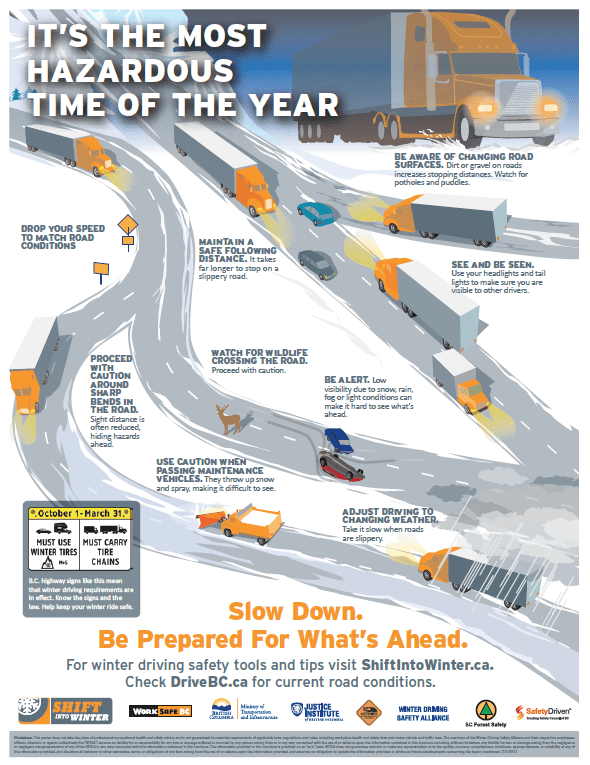
The Challenges of The National Safety Code
Things we need to do to make it work.
When originally setting up companies’ National Safety Code, the emphasis was to ensure that we answered all the questions and we received our National Safety Code number.
This allowed our vehicles to be insured and we were in business. There was very little education required at the time and unless you ran into a problem, there was no need for further research or education.
Almost twenty-eight years later and most companies are still trying to get their records straight.
A major obstacle of record-keeping was that drivers were not well educated from the beginning. This resulted in challenges with record-keeping and overall operations. We put a lot of focus on driver education, but the onus must be on owners and principles within the company because they are ultimately the ones who answer for National Safety Code violations. How can they keep their drivers compliant if they don’t understand what that means? It is easy enough to put someone in charge of record-keeping, but making sure the company is routinely compliant must be done by senior management or owners. Senior-level management needs to constantly be checking the pulse of the National Safety Code for changes to regulations or “cracking down” on specific violations. The best way to make this happen is to develop a reporting structure so that reports and updates are automatically generated monthly. Senior management and principles can also get a better understanding of compliance through studying their National Safety Code Carrier Profile. We recommend that they check the Profile every two weeks (the timeframe for drivers to submit any violations or roadside inspection reports is fifteen days).
From senior management to the spare driver working in the yards (whose HOS should be up-to-date), everyone in a carrier company must understand the National Safety Code. If that spare driver is dispatched, his driver logs should be easily accessible and completed as well as any veteran driver. The secret to keeping everyone in the loop—and thus, compliant—is regular and continuous education to stay up-to-date and aware of why these guidelines are important. The National Safety Code is not a set of inconvenient rules, it is the rule of operation for your company.
The Carrier Safety Guide is a good manual for everyone in the company to read and understand. Also, review the CVSE website often to look for updates and any changes to the regulations. Pick one or two items out every week for an educational session for your staff even if just posted on a bulletin board. Tailgate meetings and crew talks are also a good way of getting all the people in the company up-to-speed and making them part of the National Safety Code compliance team.
For more information about the National Safety Code and course, registration visit the BC Trucking Association.
Stay up to date on safety and sign up for our weekly newsletter!
Latest Resources
Make a Cone Zone
Dowload this poster for tips on how to make a safe cone zone.Winter Hazards Poster
Drivers need to recognize winter hazards. Share this poster to remind drivers how to ...

